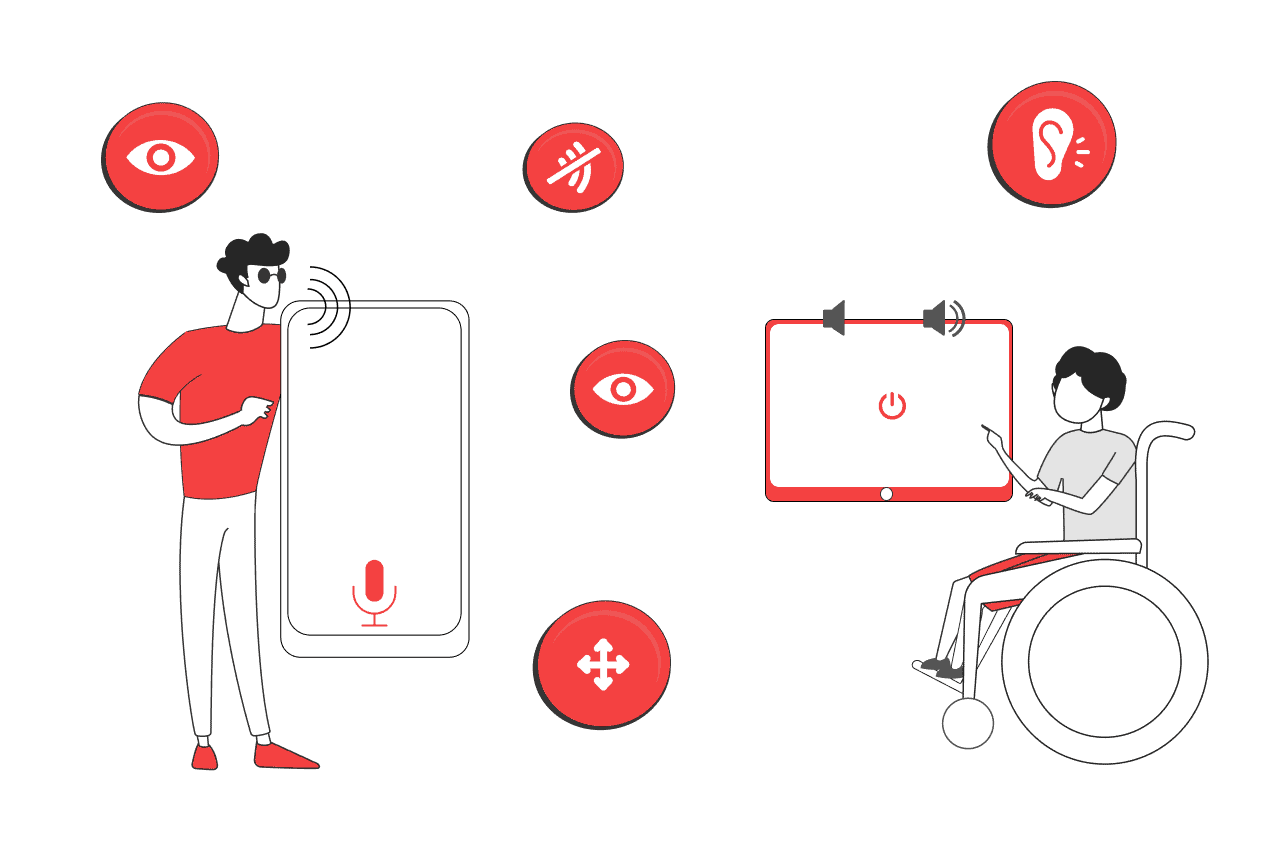Inclusive Design in Software: Making Technology Accessible for Everyone.In a world where technology is an integral part of our daily lives, ensuring that software and digital experiences are accessible to everyone is not just a noble goal; it’s a necessity. Inclusive design in software seeks to break down barriers and create a digital landscape that is welcoming and accommodating to all users, regardless of their abilities, needs, or backgrounds. By embracing inclusive design principles, we can make technology truly accessible for everyone, and in doing so, we create a more equitable and diverse digital world.
Understanding Inclusive Design
Inclusive design, also known as universal design, takes into account the wide spectrum of human abilities and strives to create products and experiences that work seamlessly for everyone. It’s not about creating special versions of software for people with disabilities; it’s about designing software from the ground up with diversity in mind. In essence, it’s the difference between building a ramp to accommodate wheelchair users and building a staircase with a ramp integrated into it to make it accessible to everyone.
The Benefits of Inclusive Design
-
Empowering Everyone: Inclusive software design empowers people with disabilities by providing them with equal opportunities to engage with digital content, perform tasks, and connect with others. It allows them to be more independent and self-reliant.
-
Expanding Your User Base: When your software is accessible to a broader audience, you open the door to a larger customer base. It’s not just about doing the right thing; it’s also about creating products that appeal to a wider demographic.
-
Future-Proofing: As populations age and technology becomes more intertwined with daily life, the need for inclusive design will only grow. Investing in inclusive design now ensures your software remains relevant in the future.
Principles of Inclusive Design
-
Perceivable: Your software should be easy for all users to perceive, regardless of their sensory abilities. This means providing text alternatives for images, using contrasting colors, and accommodating various font sizes.
-
Operable: Make sure your software is operable for users with a variety of input methods, such as touchscreens, voice commands, or keyboard shortcuts. Ensure that all interactive elements are accessible via a keyboard, and avoid relying on mouse-only interactions.
-
Understandable: Your software should be easy to understand and navigate. Use clear and concise language, provide helpful error messages, and offer user assistance when needed.
-
Robust: Ensure that your software is robust enough to work with a variety of assistive technologies. This involves following coding standards and using semantically correct HTML and other web technologies.
Real-World Examples
-
Voice Assistants: Voice-controlled technology like Amazon’s Alexa and Apple’s Siri have revolutionized the way people interact with software. They enable those with limited mobility or vision to use software seamlessly.
-
Screen Readers: Screen readers, like JAWS or NVDA, provide spoken feedback to blind or visually impaired users, making it possible for them to navigate websites and applications independently.
-
Closed Captioning: The availability of closed captioning on streaming platforms like Netflix and YouTube has made video content accessible to the deaf and hard of hearing.
Conclusion
Inclusive design in software is not just about compliance with legal standards; it’s a commitment to creating a more equitable digital world. By embracing the principles of inclusive design, software developers have the power to transform technology into a tool that can be used by everyone, regardless of their abilities or background. As we continue to push the boundaries of innovation, let’s remember that the true measure of technological progress is not in how advanced our software becomes, but in how inclusive it can be for all of humanity.

